Service hotline
+86 0755-83975897
Release date:2025-05-20Author source:KinghelmViews:27
In daily life and industrial production, switches are essential components for controlling circuit connections. With technological advancements, switch types have become increasingly diverse, among which tactile switches and traditional switches are the two most widely used categories. While both serve the basic function of circuit control, they differ significantly in structural design, performance characteristics, and application scenarios. This article provides an in-depth comparison of tactile switches and traditional switches across multiple dimensions to help you make informed decisions based on specific needs.
I. Structural Design Differences
(1) Tactile Switch Design Features
Tactile switches, a type of push-button electronic switch, typically consist of a button, metal dome, contact terminals, and housing. The core component is the internal metal dome: when the button is pressed, the dome deforms to connect the terminals, closing the circuit; releasing the button restores the dome, breaking the circuit. This compact design allows tactile switches to be miniaturized, with heights ranging from 3–12 mm, making them ideal for slim and lightweight devices. For example, in wearables like Bluetooth earphones and smart wristbands, tactile switches are commonly used for power control and volume adjustment due to their space-saving advantages.
(2) Traditional Switch Design Features
Traditional switches include various types such as toggle switches, rotary switches, and rocker switches. Take household wall switches (rocker switches) as an example: their structure comprises a housing, contacts, springs, and an operating lever. When the lever is toggled, internal springs drive the contacts to open or close the circuit. Traditional switches are bulkier, with household wall switches typically sized around 86×86 mm. Their mechanical complexity and larger components make them better suited for fixed installations in spacious environments.
(1) Operational Feel and Activation
1. Tactile Switches: Require only a light press (50–200 gf force) for activation, offering a soft, responsive feel. This makes them ideal for high-frequency use, such as gaming controllers or remote control buttons, minimizing user fatigue.
2. Traditional Switches: Activation methods vary—toggle switches need lateral lever movement, rotary switches require twisting, and rocker switches involve pressing. These switches generally demand higher operating forces (e.g., 300–500 gf for wall switches), which may be challenging for children or users with limited strength.
(2) Lifespan and Durability
1. Tactile Switches: Lifespan depends on dome material and design. High-quality models with stainless steel or phosphor bronze domes can endure 50,000–100,000 presses. However, their delicate structure makes them vulnerable to moisture, dust, or oxidation, potentially shortening their lifespan in harsh environments.
2. Traditional Switches: Robust mechanical construction and materials (e.g., reinforced plastics, metal contacts) enable superior durability. Industrial-grade toggle switches, for instance, can withstand extreme temperatures, humidity, and vibrations, lasting 100,000–200,000 cycles or more.
(3) Electrical Performance
1. Tactile Switches: Compact size limits their rated current (0.05–1A) and voltage (5–24V), making them suitable for low-power devices like small electronics or sensors. They offer stable signal transmission but weaker surge resistance.
2. Traditional Switches: Broader electrical specifications—household wall switches handle 10–16A and 220–250V, supporting high-power appliances (e.g., air conditioners, water heaters). Industrial variants can manage hundreds of amps and thousands of volts, with strong overload and short-circuit resistance.
III. Application Scenarios
(1) Tactile Switch Applications
lConsumer Electronics: Used in smartphones, tablets, cameras (power buttons, volume controls, shutters) and smart home devices (smart plugs, locks) for intuitive interaction.
lMedical Devices: Preferred in ECG machines and blood pressure monitors due to compact size, ease of cleaning, and precise operation, reducing infection risks.
lAutomotive Electronics: Found in dashboards, audio controls, and charger switches, where space efficiency and reliability are critical.
(2) Traditional Switch Applications
lResidential Lighting: Wall switches dominate home lighting control, offering tactile feedback for easy operation in low light. Ceiling fan controls and bathroom heater switches also rely on traditional designs.
lIndustrial Automation: Toggle and rotary switches are used in control panels for machinery mode selection or frequency adjustment. Waterproof, dustproof rocker switches secure power management in distribution cabinets or motor control boxes.
lPower Systems: High-voltage circuit breakers and isolators in electrical grids demand traditional switches for their structural strength, insulation, and arc-extinguishing capabilities.
Tactile switches are generally cheaper, especially in bulk (pennies to cents per unit), though specialized versions (waterproof, LED-equipped) cost more. Traditional switches, with complex structures and more materials, are pricier—household wall switches range from a few dollars to tens, while industrial-grade models can exceed hundreds.
Tactile and traditional switches excel in distinct domains. Tactile switches dominate compact, high-frequency applications (electronics, medical, automotive), while traditional switches thrive in rugged, high-power environments (homes, industries, power systems). When selecting, consider functionality, operating conditions, and budget. As technology evolves, switches will continue advancing toward smarter, integrated solutions, enhancing convenience across industries.

About Kinghelm
Kinghelm is a leading provider of high-quality electronic components, including RoHS-compliant antennas, wires, plug-ins, switches, and connectors. With over 17 years of experience, the company serves industries including automotive, telecommunications, industrial automation, medical devices, and consumer electronics. Kinghelm is known for its durable, reliable components that meet international standards and are used in applications ranging from renewable energy to IoT devices.
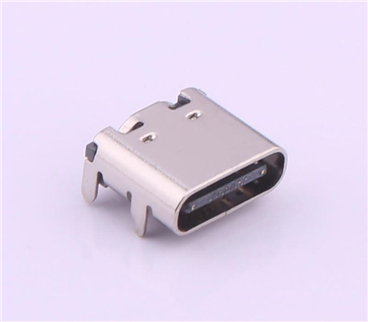
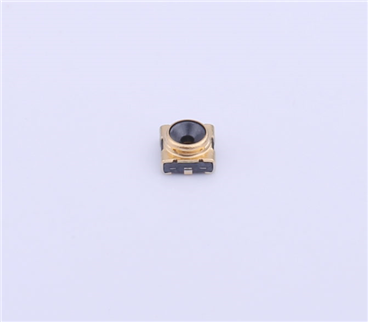
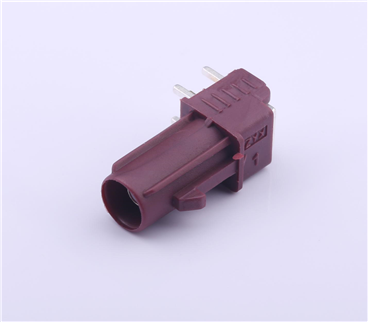
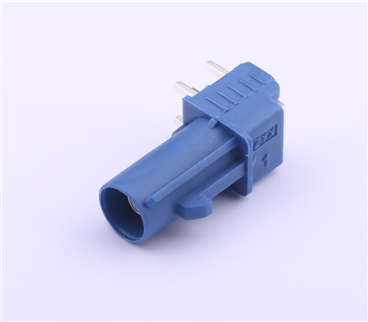
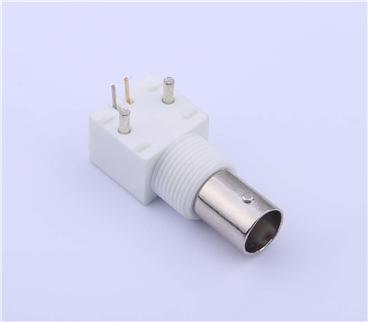
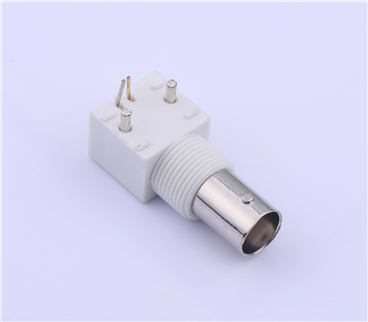
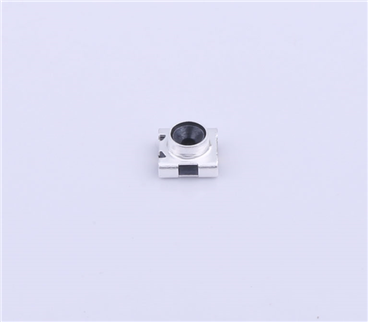

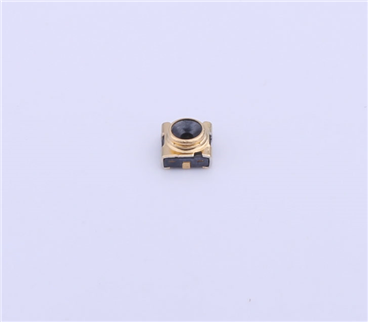
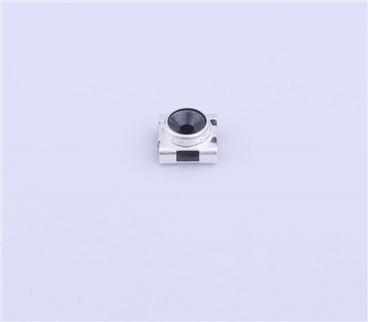
Copyright © Shenzhen Kinghelm Electronics Co., Ltd. all rights reservedYue ICP Bei No. 17113853